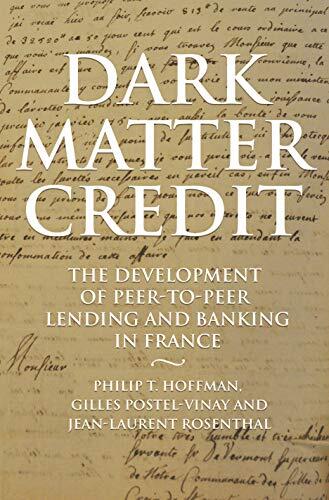
Dark Matter Credit: The Development of Peer-to-Peer Lending and Banking in France
まだ評価がありません
Action & Adventure
History
Business & Economics
形式
ハードカバー
ページ数
320
言語
英語
公開されました
Feb 5, 2019
出版社
Princeton University Press
版
Illustrated
ISBN-10
0691182175
ISBN-13
9780691182179
説明
This insightful exploration reveals the intricate web of peer-to-peer lending and its significant role in shaping the financial landscape of France and, by extension, Europe. The authors delve into the historical context of shadow credit systems that emerged long before conventional banking took root, highlighting how these informal networks facilitated economic growth and development. By examining the social dynamics and economic principles behind these practices, they uncover the innovative methods people employed to obtain financing in a world where traditional banking was either inaccessible or non-existent.
The book illustrates the myriad ways in which individuals and businesses engaged in lending practices, often relying on personal relationships and community trust to navigate financial transactions. Through detailed case studies and compelling narratives, readers gain insight into how these early forms of credit laid the groundwork for modern financial systems.
As the narrative unfolds, it challenges prevailing notions around the evolution of banking, illustrating how this shadow economy played a crucial role in fueling European prosperity during a pivotal period. The authors’ thorough research sheds light on an overlooked chapter of financial history, offering valuable lessons for contemporary discussions on credit and economic development.
The book illustrates the myriad ways in which individuals and businesses engaged in lending practices, often relying on personal relationships and community trust to navigate financial transactions. Through detailed case studies and compelling narratives, readers gain insight into how these early forms of credit laid the groundwork for modern financial systems.
As the narrative unfolds, it challenges prevailing notions around the evolution of banking, illustrating how this shadow economy played a crucial role in fueling European prosperity during a pivotal period. The authors’ thorough research sheds light on an overlooked chapter of financial history, offering valuable lessons for contemporary discussions on credit and economic development.



















